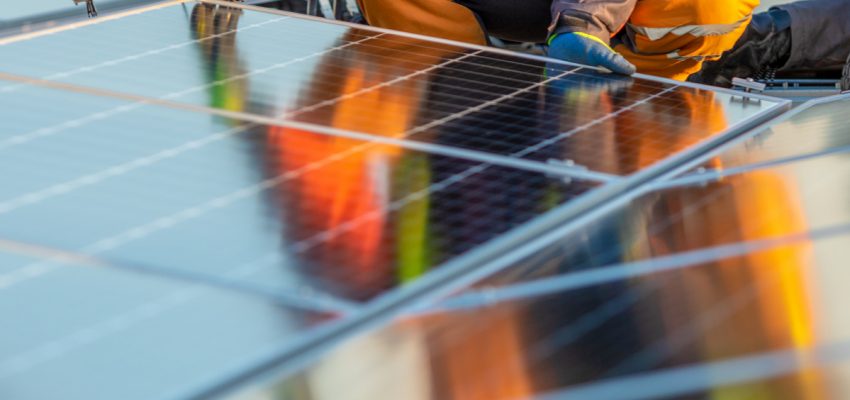Over the past two decades, a great deal of attention has been garnered by the zero-energy home building movement. The zero-energy home does consume energy, but it sustainably produces the same amount (or more) energy than it uses.
A more accurate term commonly applied to this type of structure is “zero-net-energy home.” Another common misconception is that zero-net-energy homes do not use non-renewable energy. Occasionally they might, but their use of conventionally generated energy is offset by their contribution of an equal or larger amount of renewable energy back to the energy grid. A third misconception is that zero-net-energy homes are unaffordable to design and build. Rising lumber prices and advances in energy-efficient building components have seen huge reductions in the cost of sustainable homes. Additionally, advances in solar panel technology have considerably driven down installation and ownership costs over the past decade. These facts, coupled with government grants, subsidies and tax breaks can make building and owning a zero-net-energy home a reality. More recently, the construction management market has seen the establishment of businesses such as CostCertified, that dramatically simplify the process of accurately estimating construction costs and enabling the most efficient communication between contractors, suppliers and consumers, which controls project costs.
In its 2019 study titled “The Economics of Zero-Energy Homes”, the Rocky Mountain Institute reported that the average construction cost of a net-zero-energy home is roughly between six and eight percent more than a conventional home, a cost that is offset by higher resale value and a cost-of-ownership reduction via subsidies and energy savings. Additionally, incremental costs are expected to be reduced by approximately 50% by 2030 as the result of more widespread zero-energy contractor expertise development and a continued decrease in material and technology costs. Although the cost of constructing a net-zero-energy home is only nominally more expensive than the construction cost of a conventional home of a similar size, there exist several principles that can further reduce cost and improve affordability.
As the Zero Energy Project explains, the right designer, architect and builder combination must be put on the project. All must have proven expertise in translating zero-energy home concepts into reality. The most commonly available building materials should be used to keep costs down, as net-zero-energy homes do not require exotic components.
Energy modeling using software designed specifically for the process is a critical step in the design and planning stage; it helps ensure that the goal of net-zero energy consumption can be achieved while minimizing costs. Energy modeling takes into account several factors and assists with the decision-making process. For example, it can help with insulation choices by showing the best materials choices and framing options that simplify the process of installing insulation and reducing thermal bridging, which optimizes the building’s envelope to drive down energy leakage and cost.
Further, energy modeling assists with the selection of the most insulative and cost-effective windows and doors, appliances, lighting, and HVAC systems. Water heating is normally the largest cost after heating and cooling and the energy modeling exercise can assist with the selection of the most energy-efficient water heating technology. Grid-tied solar photovoltaic panels provide the most cost-effective form of renewable energy for a net-zero-energy home. But because they are the most expensive component of a zero-energy home, energy modeling can assist in the selection of the most cost-optimized and operationally effective option.
Clearly, constructing and owning a net-zero-energy home is not a far-out proposition cost-wise. The steadily increasing net-zero-energy expertise within the design and builder communities will continue to increase competition for the foreseeable future until the market reaches a balance point, which continues to drive down costs. Coupled with the decreasing cost of materials and technology, advances in energy modeling software, and the elimination of yearly energy expenses once the home is operational, these factors can easily make the possibility of designing and constructing an affordable zero-energy home a reality.




